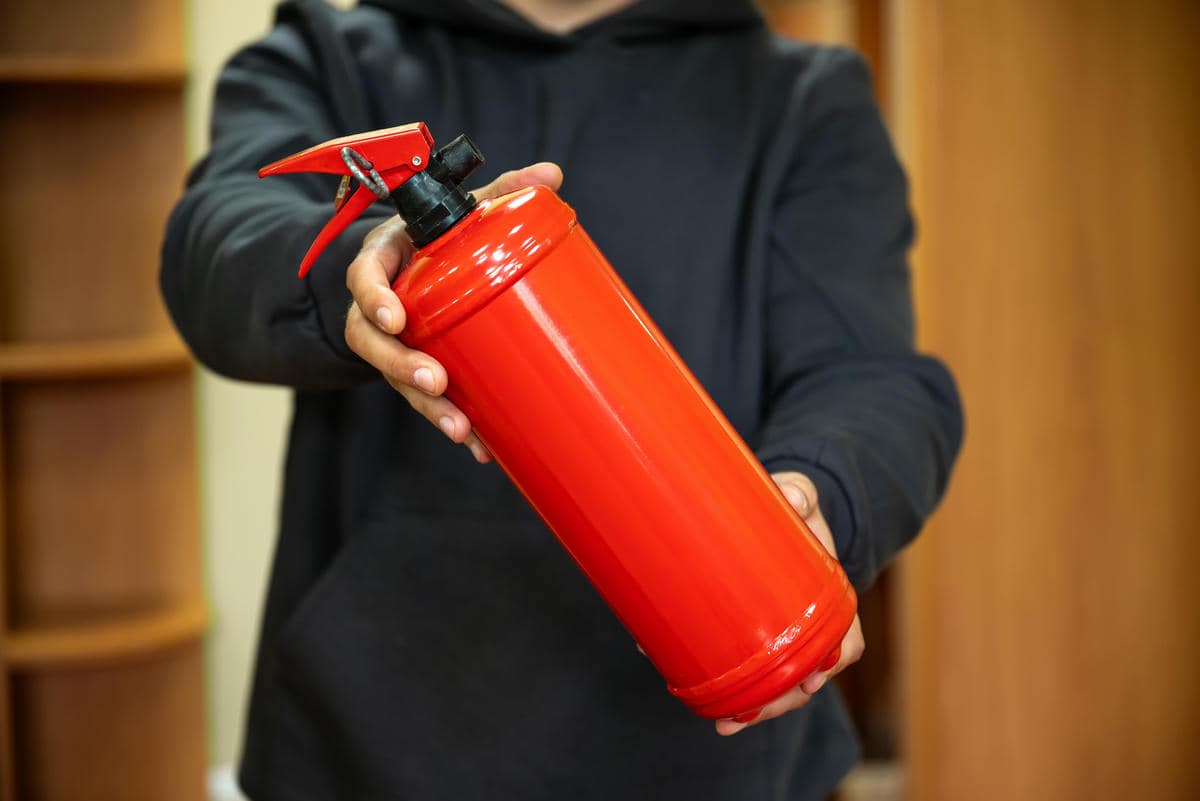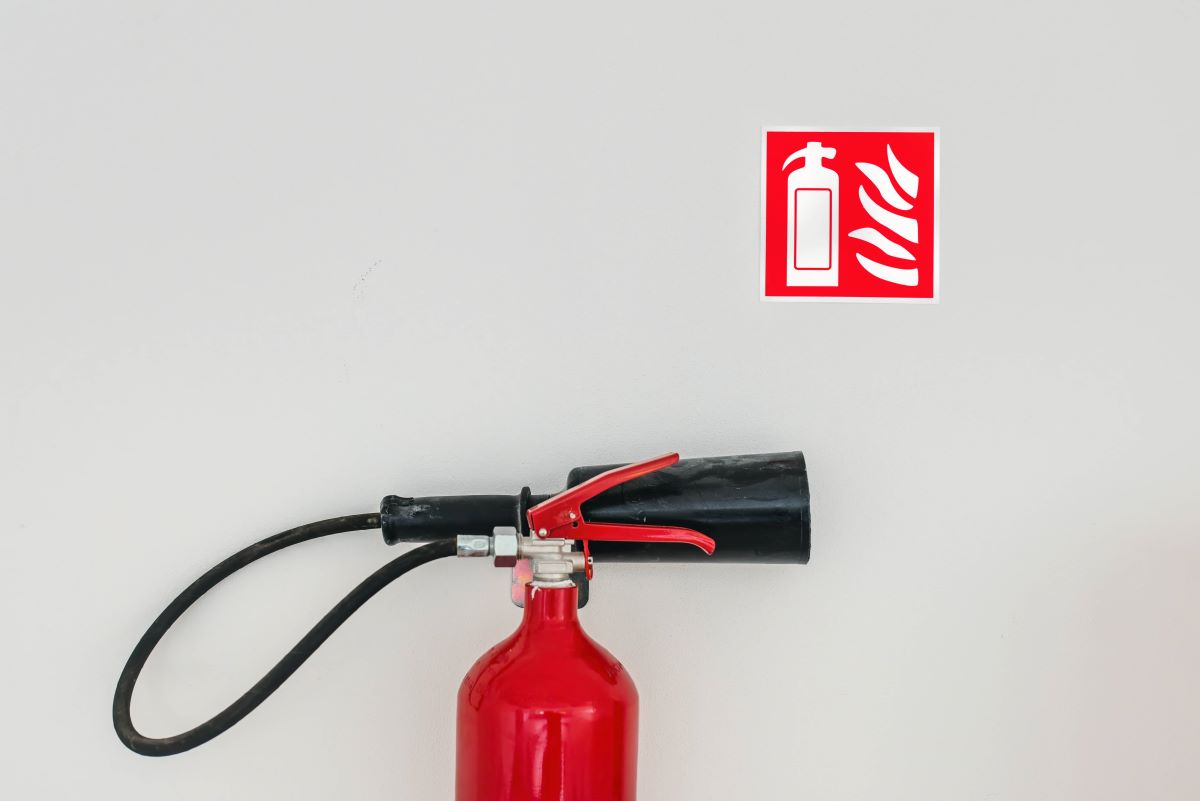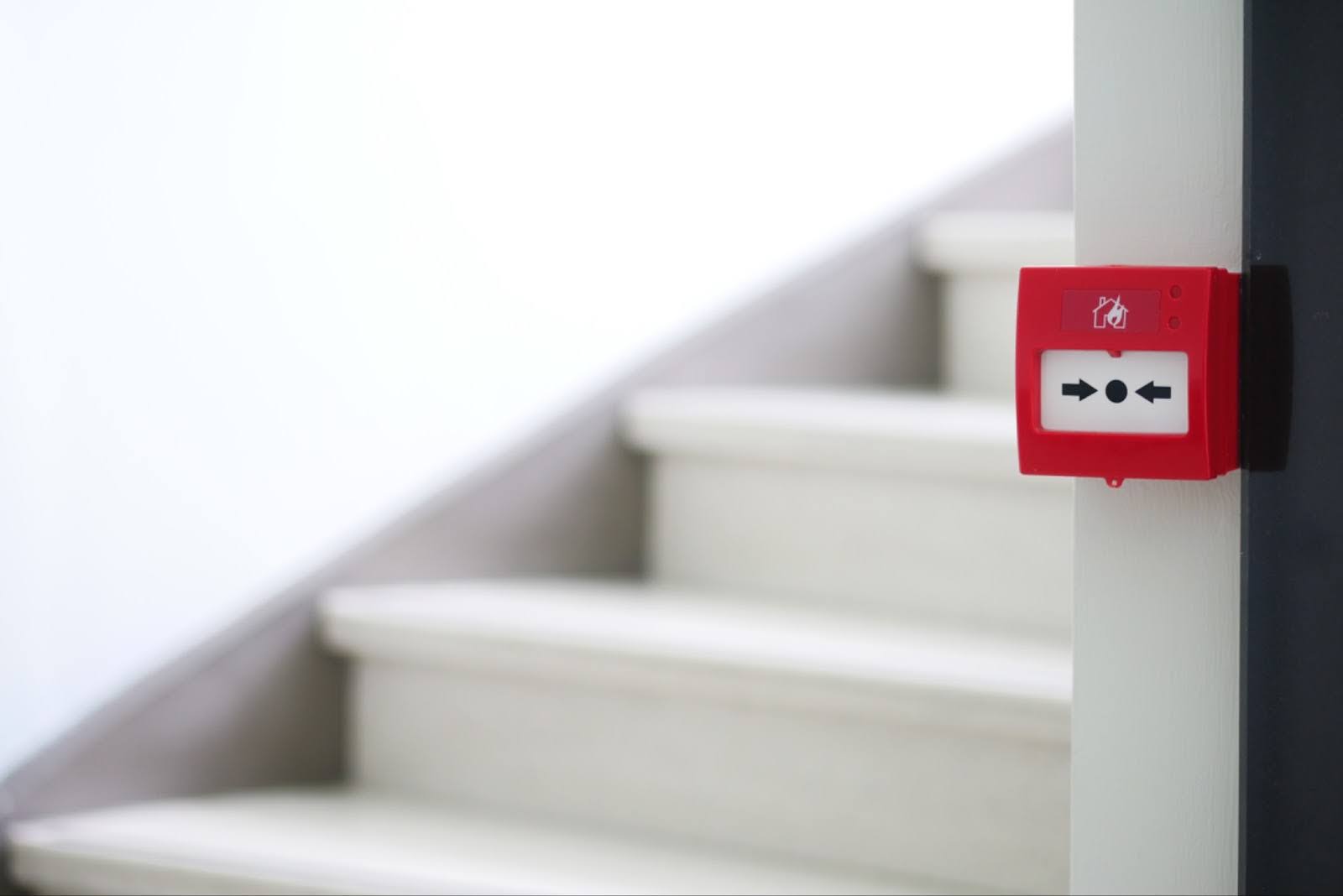Safe fire-fighting is in the hands of anyone, and the fire extinguisher is one of the most important fire-fighting tools. The fire extinguisher comes as a very normal domestic item, but it is still very different from the others. Every single one has a label and a classification indicating the nature of the fire that they can help extinguish. This knowledge can save a life; in its absence, anyone will tend to use the wrong extinguisher for the wrong fire, and this will make an already bad situation worse.

The main topic of this article is to make it easier to get a grip on fire extinguisher labels and understand the classification by learning what each classification means and how this knowledge can be of help to you. Likewise, we will discuss the relation between these tools with the fire protection, fire alarm, and fire suppression systems that give a full circle of safety.
Why Fire Extinguishers Are Important
It is every second when a fire starts, and this is why the role of a fire extinguisher is important. However, a fire extinguisher is your tool to provide a quick and early response before the fire gets out of control. The fire from a small oven can get larger in just a moment in the kitchen, and the damage made by then will probably be heavy by the time the firefighters show up. The usage of a fire extinguisher to stop the fire in its early phase will then make it possible to save the lives of the people, the property, and the amount of money.
Nevertheless, this will only be possible if you select the right kind of extinguisher. This is the reason why learning the labels and classifications is so crucial.
The Basics of Fire Classifications
Fires are categorised into different groups, also called fire classes. These classes indicate the substances that are on fire.
Class A: These are fires that involve common materials like wood, paper, cloth, and garbage. Example: a paper bin on fire in the office.
Class B: These fires are caused by easily flammable liquids, such as petrol, oil, paint, or grease. Example: fire caused by a gasoline spill in a garage.
Class C: Fires that involve electrical equipment, for instance, computers, wiring, and home appliances. Example: burning of an overloaded plug socket.
Class D: Fires that involve metals, such as magnesium or aluminium. These kinds of fires are more frequent in factories or labs.
Class K (or F in some countries): Fires that involve cooking oils and fats, normally occurring in the kitchen.
If you look at a fire extinguisher, you will see one or more of these letters written on it. These letters are the classification labels, which indicate the type of fire that the extinguisher can put out safely.
Fire Classifications And Suitable Fire Extinguishers
|
Fire Class |
What Is Burning |
Suitable Extinguisher Type |
|
Class A |
Wood, paper, cloth, rubbish |
Water, foam, dry powder |
|
Class B |
Petrol, oil, paint, grease |
Foam, CO2, dry powder |
|
Class C |
Electrical equipment |
CO2, dry powder |
|
Class D |
Metals like magnesium or aluminium |
Special dry powder for metal fires |
|
Class K (or F) |
Cooking oils and fats |
Wet chemical extinguisher |
Understanding Fire Extinguisher Labels

Every fire extinguisher has a label that shows three essential things to the user:
-
The class of fire it can fight.
-
The size rating is the indicator of the extent of fire that can be managed with the device.
-
The instructions on how to use it.
For example, a label may say "2A:10B:C". This means:
-
It is good for Class A fires with a size rating of 2.
-
It is good for Class B fires with a size rating of 10.
-
It can also fight Class C fires, but Class C does not have a size rating.
If there is only one class, such as "A" or "B," the extinguisher is confined to that type of fire. On the other hand, if several letters are present, the extinguisher can be used for more than one kind of fire.
Different Types of Fire Extinguishers
The materials that fill fire extinguishers differ, depending on what kind of fire they are made for. The most common types are:
-
Water Extinguishers: These are designed for Class A fires only. They must not be used on Class B or Class C fires under any circumstances.
-
Foam Extinguishers: These can put out Class A and Class B fires, especially those that involve the burning of liquid fuel.
-
CO2 Extinguishers: These are generally used for Class B and Class C fires. They eliminate oxygen from the fire.
-
Dry Powder Extinguishers: These are multipurpose and can work on Class A, B, and C fires. They are quite popular and can be found in multiple locations.
-
Wet Chemical Extinguishers. These are primarily designed for Class K fires or cooking oil fires in the kitchen.
Part of good fire protection planning includes being aware of where each type of extinguisher is located.
Fire Extinguishers and Fire Protection Systems

A fire extinguisher is a tool of first response only, but it represents a smaller part of the whole concept. To effectively secure properties and people, it must always be employed in conjunction with the other installations as follows:
1. Fire protection systems – These even include fire sprinklers, dust alarms, and safety sirens that can both arrest the fire and notify people to flee.
2. Fire alarm systems – These usually detect the smoke or heat and provide prompt warning to people, which could, in turn, save lives by allowing people to evacuate in time.
3. Fire suppression systems – These are a kind of automatic systems that help release foam, gases, or any other materials to suppress fire, and are mostly used in server rooms or factories.
Such a conjunction of extinguisher and systems indeed makes it very probable to win the fight against the fire. Having the asset that one extinguisher can be a panacea for all sorts of fire outbreaks. Clearly, building owners must figure out how to organise activities, cooperate with fire protection experts, and schedule inspections regularly with a view to avoiding these mistakes.
How to Choose the Right Fire Extinguisher
Should you be seeking an extinguisher for your residence or office, you might want to ponder the following points:
-
What kinds of fire are most likely to happen in that space?
-
Would it be better to have a small extinguisher for personal use or a larger one for workplaces?
-
Being sure that it has clear labels and is easily handled.
-
Putting it in a place where it is easy to get to.
For instance, in kitchens, the use of a wet chemical extinguisher is advisable; on the other hand, a CO2 extinguisher is more equipment for server rooms.
Conclusion
Although a fire can start very quickly and spread rapidly, the right fire extinguisher wielded by a skilled person could make all the difference. Learning about the labels and classifications might help you to avoid making errors and, at the same time, protect yourself and others better. The truth is that fire extinguishers are just one piece of the security puzzle that also consists of fire protection, fire alarm systems, and fire suppression systems. Individually, they assist people, but combined, they represent the highest level of protection against a fire.
Fire safety need not become a quagmire. Everybody can do it with basic knowledge and constant practice, and thus be ready to act promptly and prevent small fires from escalating into disasters.
 Tasselline | Latest Articles By Singaporeans, for Singaporeans Article Site for Singaporeans
Tasselline | Latest Articles By Singaporeans, for Singaporeans Article Site for Singaporeans